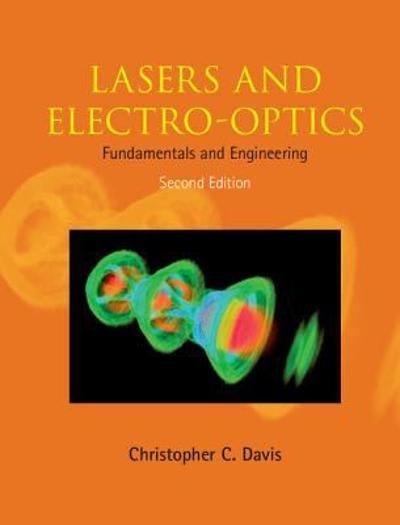The link is provided in the image. I need help, I have some answered but am not sure if they are correct. Thank you for your help!
Lab Step 4. Get the mass of the object (unknown) whose specific heat you will Variable Water Objective : be determining. Go to the zoomed in view of the beams of the scale and Unknown Specific Heat Predicted record this mass on the data table. (J/kq .C) In this virtual lab you will will determine the specific heat of an unknown solid. 275 g Screenshot of Data Table (Include everything inside the dotted lines) Overview: Step 5. Tie a string to your unknown object and lower it into the beaker of Percent Error: You will place the solid into boiling water for a sufficient amount of time that it hot or boiling water.Question 5: Describe what is happening during this step. Conclusion: reaches the boiling point of the water. You will then place it in cold water and The heat is being transferred to the unknown object in this step. monitor the temperature change. You will then set the heat lost by the hot solid Write a conclusion that addresses the objectives. Indicate lessons learned. equal to the heat gained by the water. This will allow you to find the specific Step 6. Give the object at least 5 minutes to simmer in the boiling water. Include a discussion of possible sources of error and suggestions to improve the heat of the unknown. Question 6. Explain why this amount of time is important for this results. experiment. What if you used 1 min instead? What about 30 min? O Navigate to Guided Specific Heat of Solid Lab at Plain text link: https://www.thephysicsaviary.com/Physics/Programs/Labs/SpecificHeatSolidGui dedLab/ Step 7. Put your temperature probe into the cold water. Notice the temperature vs time graph at the bottom. When you go to the next step, the Procedure: temperature will begin to record. 1. When you are ready to start this activity, dick on the begin button. You Step 8. Notice the temperature vs time graph at the bottom. Record the do not need to redo the steps with real equipment! (starting) temperature of the water from the graph. 2. When you click next step, you will see all the steps that would have been done to perform the lab. Read the information provided and pay attention Step 9. Swirl your water and monitor the highest temperature it reaches. to the process. Record the start and end temperatures of the water on the table! Step 0. The materials needed for the lab will be shown. Question 1: Why do you think that it is recommended to start with cold water(~100 mL cold Step 10. Show all your work for this step. Calculate the heat gained by water)? Question 2: Will this amount of water affect the outcome? Explain. the water using the formula Q = C mAT. Here, Q = heat in Joules C = specific heat of water, 4186 1/kg.C It is recommend to start with cold water because you do not want m = mass (you can keep it in grams) the heat transfer to get to a boiling point. The amount of cold water AT = (Final Temperature - Initial Temperature), in .C will affect the outcome because the amount of water depends on the A. Set this equal to the heat lost by the solid. temperature rise. B. Solve for the specific heat of the unknown in units of J/kg.c. C. Put your specific heat in the submission box. Do not put units. For the box Step 1. Fill a beaker about 2/3 of the way with water and put it on the that says Your Full Name, type in your name and hit submit. Take a hotplate. Question 3: Where is the direction of heat transfer in this case? screen shot of the data table (include everything inside the dotted lines!) with the time stamp clearly visible. Copy the % error. Your acceptable % The heat transfer from hotplate, to beaker, to water. error should be less than 10%%. Repeat the procedure otherwise. (Raw) Data Table: Step 2. Get the mass of the empty cup that you will be using for this Variable Water Unknown experiment. Go to the zoomed in view of the beams of the scale and record Mass (q) this (initial) mass. Initial Temp (C) Final Temp (C) Step 3. Put between 50 mL and 150 mL of water into the cup and get the Energy (]) Gained: Lost: new mass. Go to the zoomed in view of the beams of the scale and record Specific Heat True this new mass. 160g _Question 4: What is the difference between (J/kg 'c) the new mass and the initial mass? 140 g







